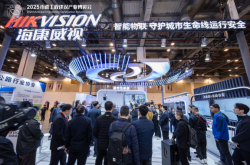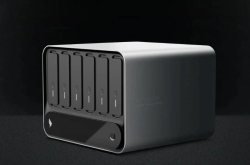AI Web Versions Surge in the Market: Huawei, Li Auto, OPPO's Strategies Unveiled
![]() 04/15 2025
04/15 2025
![]() 637
637
Over the past three years, large language models have ushered in a new era of conversational AI, sparking a resurgence in web products. Even ByteDance, a mobile app era native, has developed a web version for "Doubao." Indeed, nearly all mainstream large models now offer web versions to facilitate conversational services.
But why are smartphone and even automobile manufacturers eager to diversify into web versions of AI assistants, seemingly abandoning their core businesses?
Recently, netizens discovered that OPPO quietly launched the web version of Xiao Bu Assistant (https://xiaobu.coloros.com). Lei Technology's testing revealed that the web version of Xiao Bu Assistant allows direct login with an OPPO account, featuring a design akin to ChatGPT and Alibaba's Tongyi, with a sidebar for conversation lists and a main body for AI conversation, supporting intelligent deep thinking powered by DeepSeek-R1.
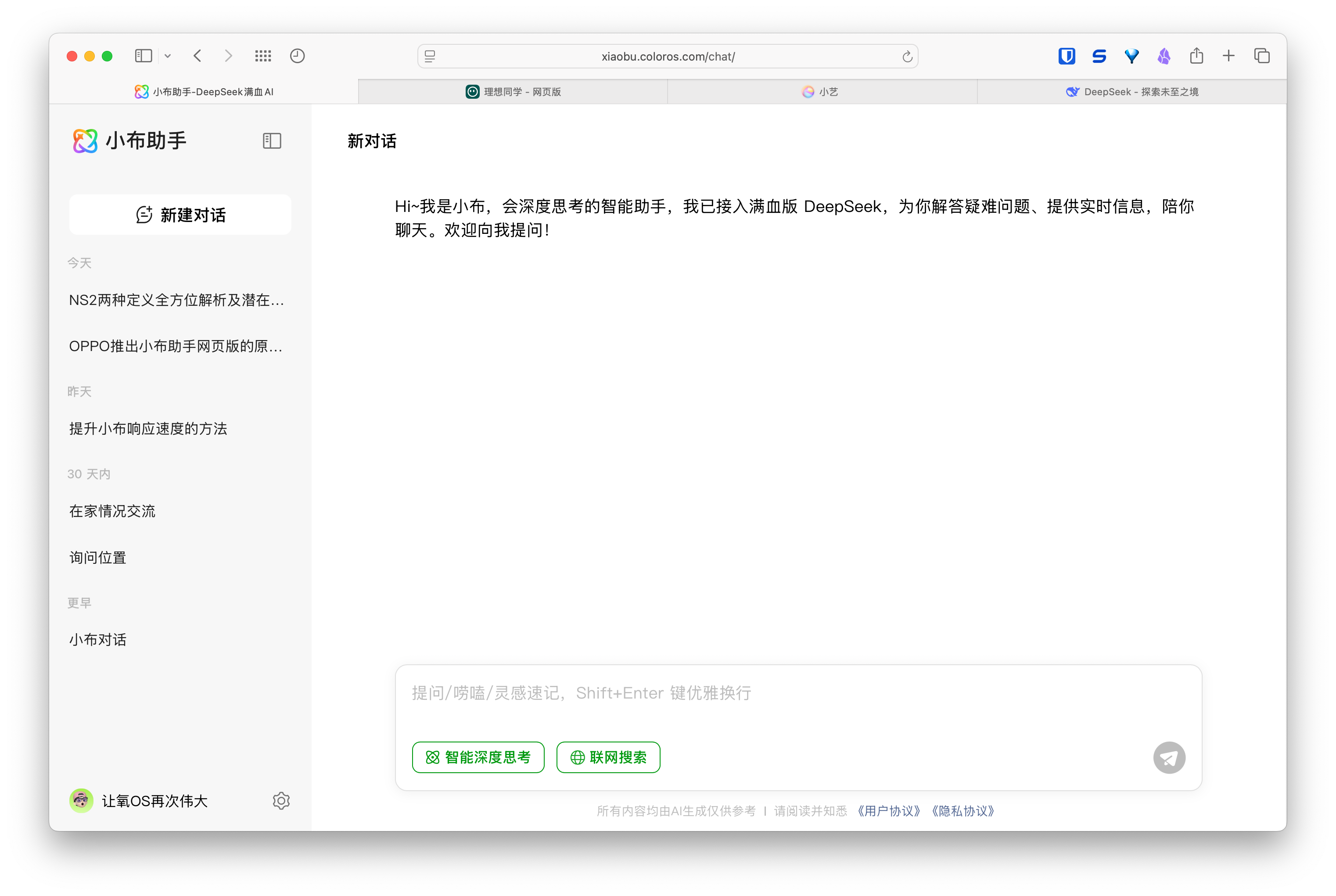
Photo/ OPPO Xiao Bu
The question arises: with DeepSeek at its core, why would users opt for OPPO's Xiao Bu Assistant over DeepSeek's official service or Tencent Yuanbao's offering? Frankly, this confusion extends to many, including myself, regarding OPPO's decision to launch a web version of Xiao Bu Assistant.
However, OPPO is not alone in this endeavor. In February, Huawei introduced the web version of Xiao Yi Assistant; in March, Li Auto followed suit with Li Xiang Tong Xue; and in April, OPPO launched Xiao Bu Assistant's web version. This roughly translates to one launch per month, leading one to wonder: which smartphone or automobile manufacturer will join the fray in May? While coincidental timing is plausible, the trend of smartphone and automobile manufacturers developing web versions of AI assistants is unmistakable.
As AI web versions proliferate, what do they offer in terms of user experience?
To understand why smartphone and automobile manufacturers are keen on developing web versions of AI assistants, it's crucial to first examine the existing web versions of these AI assistants.
Fairly speaking, the current design of AI assistants' web versions is already quite mature, with similarities evident across ChatGPT, Kimi, Doubao, and DeepSeek. However, as the latest entrant, OPPO's Xiao Bu Assistant web version still appears somewhat rudimentary.
In terms of core conversation experience, it not only lacks the ability to copy questions but also does not support question re-editing. Another notable issue is the lack of "layout" in the thinking process when Xiao Bu engages DeepSeek-R1 for deep thinking, resulting in a less than optimal reading experience.
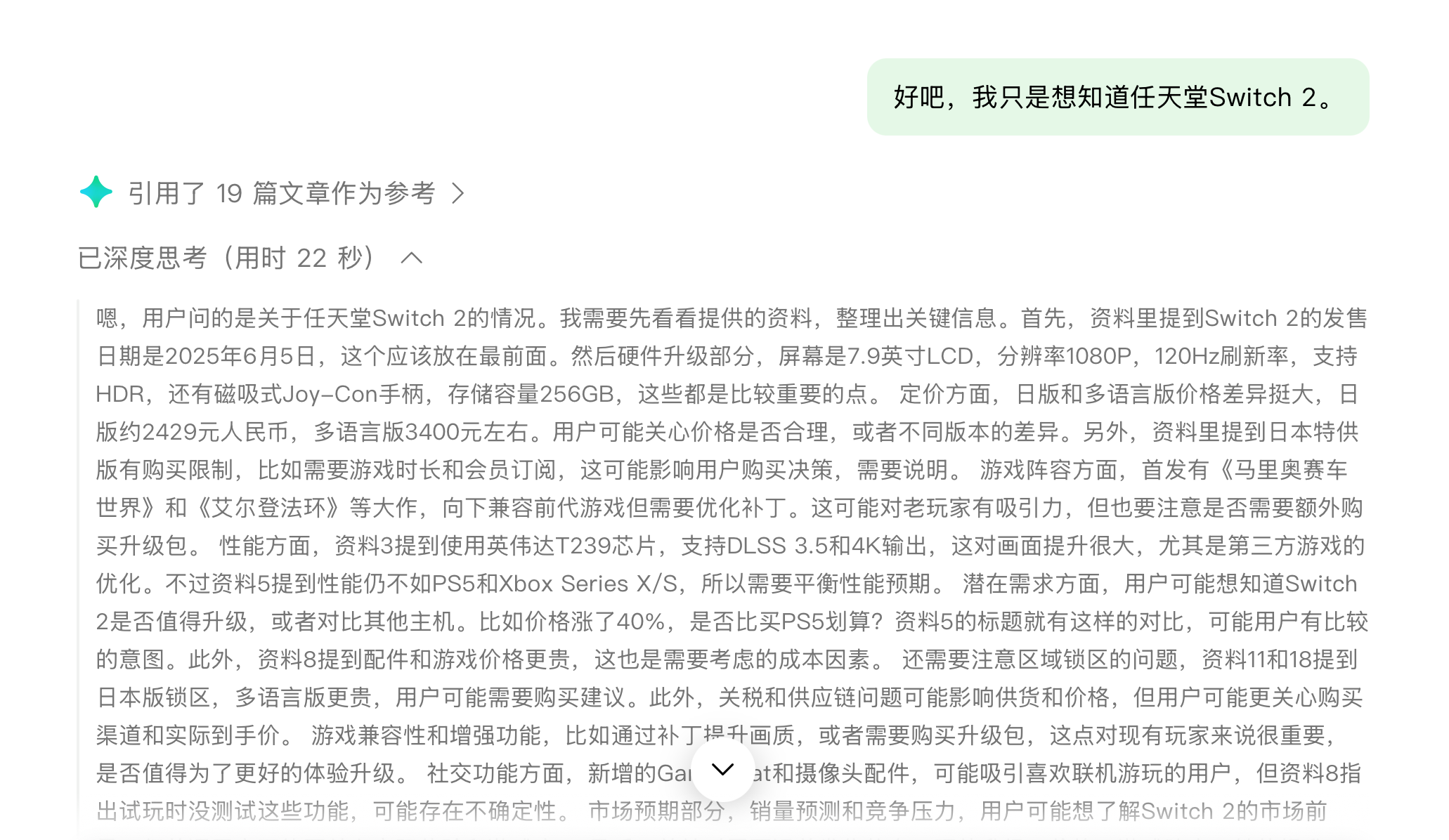
Photo/ OPPO Xiao Bu
Consistent with the mobile version, the web version of Xiao Bu Assistant defaults to enabling "intelligent deep thinking," automatically using the conventional model to quickly answer questions or calling upon DeepSeek-R1 for deeper insights. The drawback is that users cannot manually set the default to "R1 deep thinking."
Furthermore, the settings interface of Xiao Bu Assistant's web version underscores its early stage development, offering no options beyond "log out."
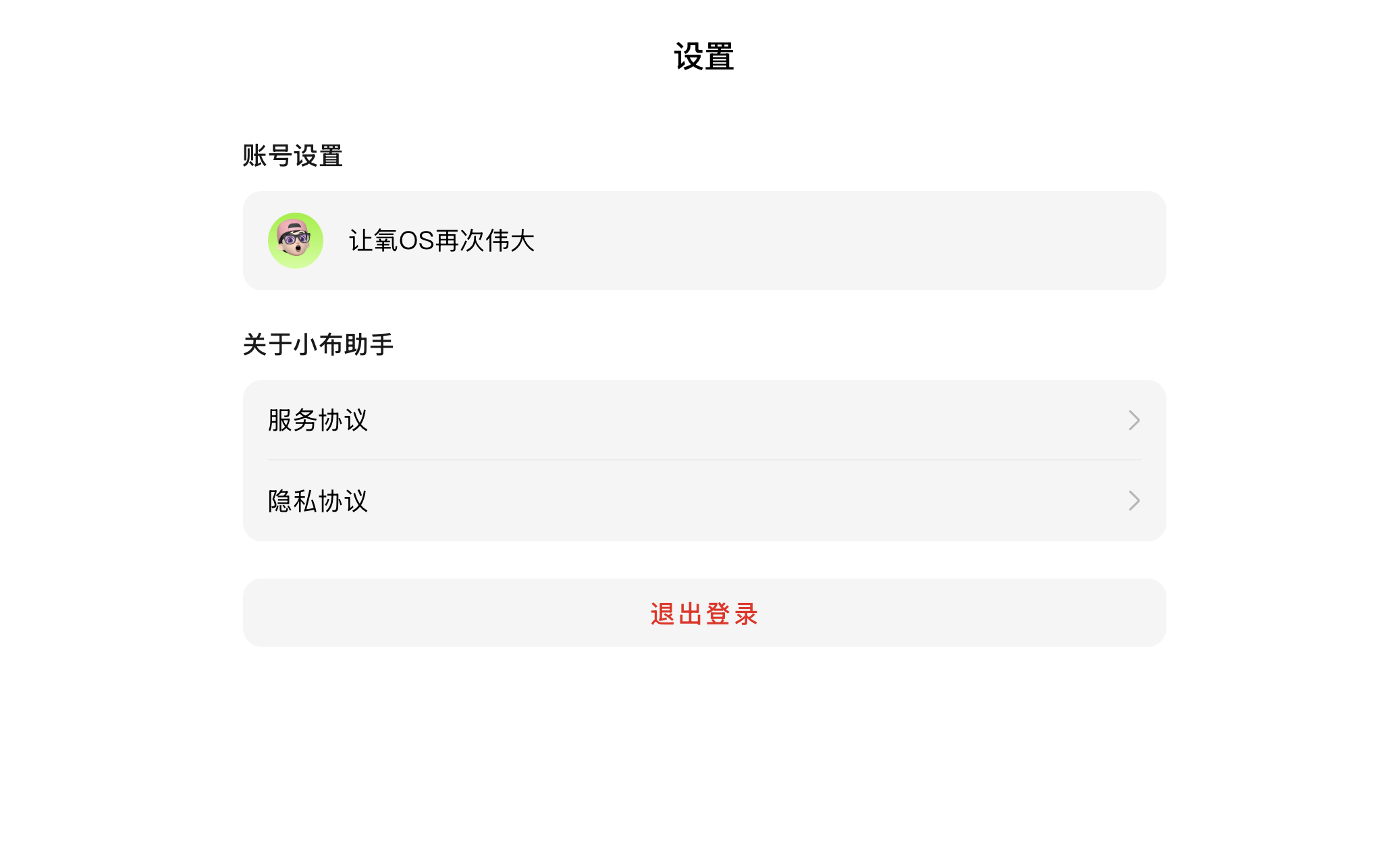
Photo/ OPPO Xiao Bu
This is understandable, given OPPO's recent launch. In contrast, when Huawei's Xiao Yi Assistant web version (https://xiaoyi.huawei.com/chat/) debuted in February, its design and functionality were similarly basic, but after two months of updates, it added numerous designs and features.
Notably, the web version of Xiao Yi Assistant includes a tutorial for "setting the default engine" in the sidebar, allowing users to directly set the large model-based Xiao Yi as the browser's "default search engine," in addition to guidance for "downloading the mobile version." This approach offers a convenient "entrance" for users accustomed to using Xiao Yi Assistant for information searches.
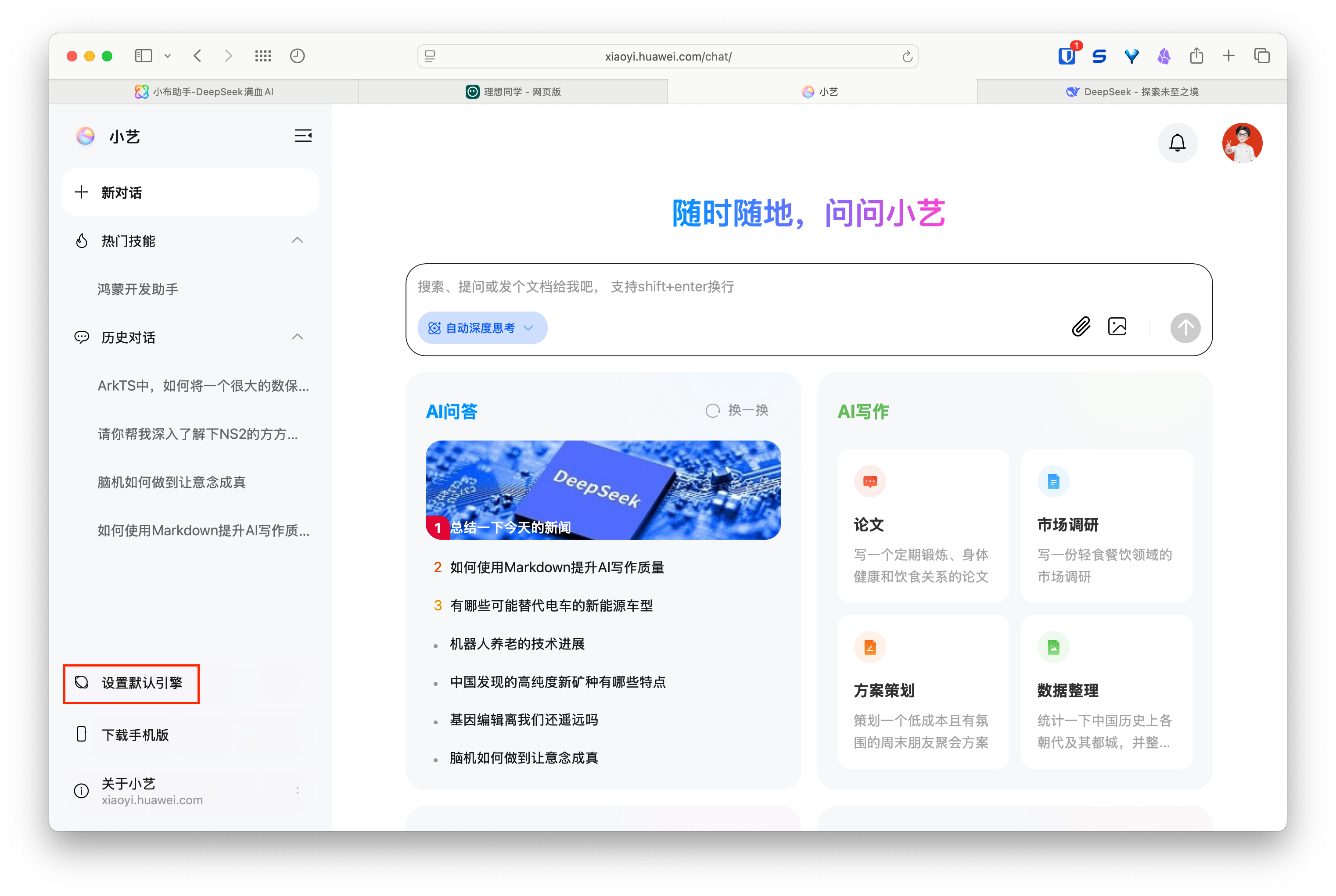
Photo/ Huawei Xiao Yi
Returning to the conversation interface, Xiao Yi Assistant's web version provides richer interaction guidance, mirroring Doubao's approach. Like Xiao Bu Assistant's web version, it defaults to "automatic deep thinking (R1)," but with the added benefit of offering an "forced deep thinking (R1)" option, allowing users to choose based on their needs:
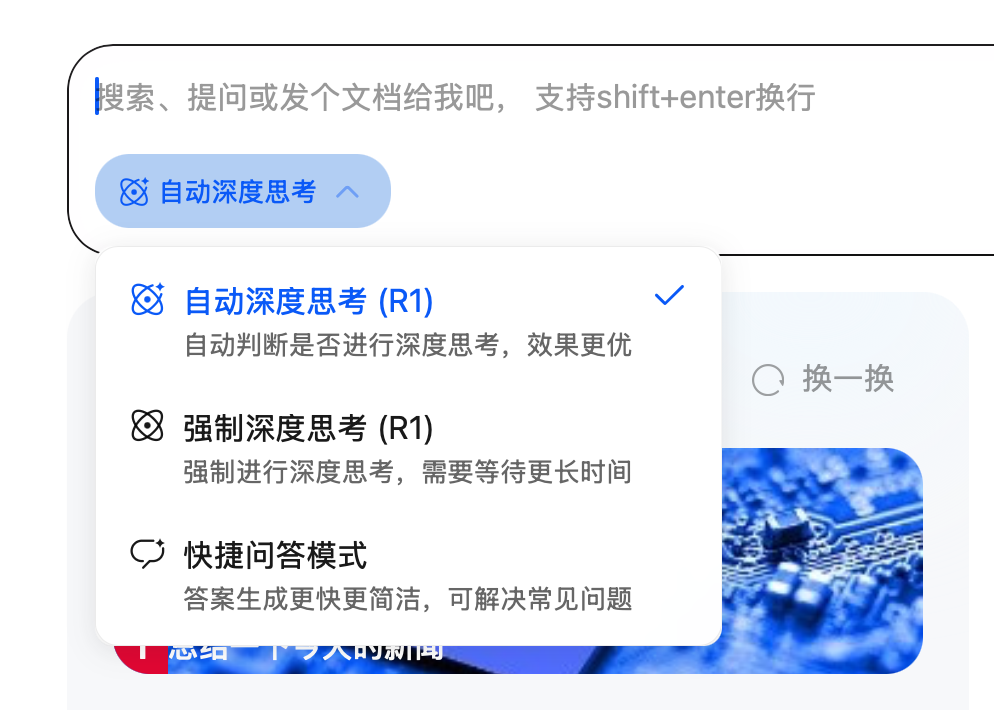
Photo/ Huawei Xiao Yi
I sincerely hope OPPO follows suit.
Overall, the current version of Xiao Yi Assistant's web version is undoubtedly more polished. While it still does not support question re-editing, it does allow one-click copying.
Li Xiang Tong Xue's web version, launched around the same time, falls somewhere between OPPO's Xiao Bu and Huawei's Xiao Yi in terms of overall completion. In design, it maintains a simple style, offering limited options and configurations. However, features like one-click question copying and answer sharing are already relatively complete.
Li Xiang Tong Xue's web version (https://chat.livis.com/chat) also leverages DeepSeek-R1 for deep thinking, but unlike OPPO's Xiao Bu and Huawei's Xiao Yi, which directly engage it, Li Xiang Tong Xue first "plans tasks" and "accesses the internet to obtain information" based on the question before calling upon the R1 model.
For instance, when I inquired about "JOJO animated new works" with "internet search" disabled, without specifying "which JOJO," Li Xiang Tong Xue's R1 model still recognized it as the seventh part, "Steel Ball Run," based on information obtained in the previous step.
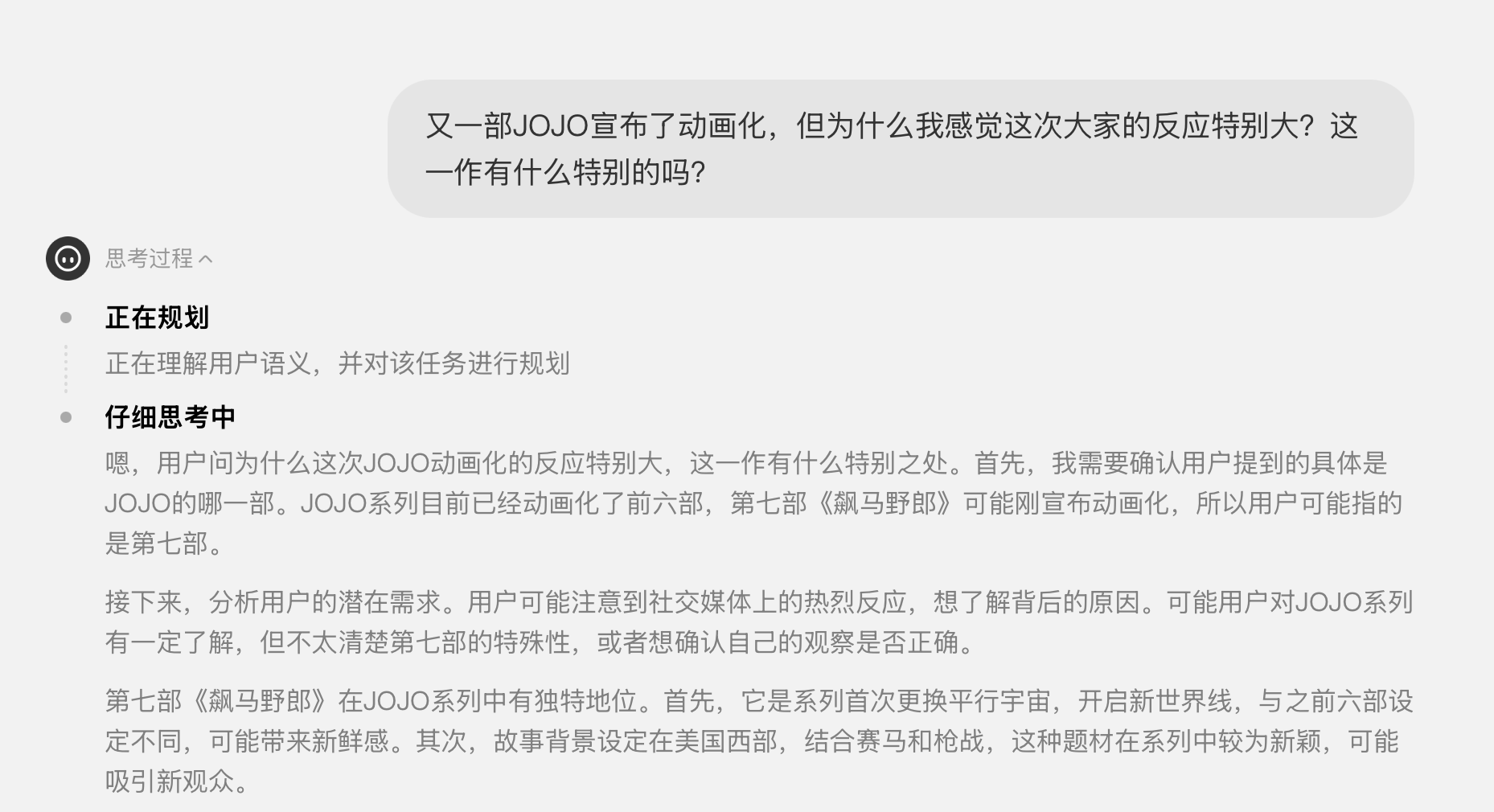
Photo/ Li Xiang Tong Xue
In some answers, Li Xiang Tong Xue also indicates "calling the retrieval tool to search" after "planning tasks," before entering into familiar R1 deep thinking. This approach is a continuation of Li Xiang Tong Xue's strategy on in-vehicle infotainment systems and mobile apps.
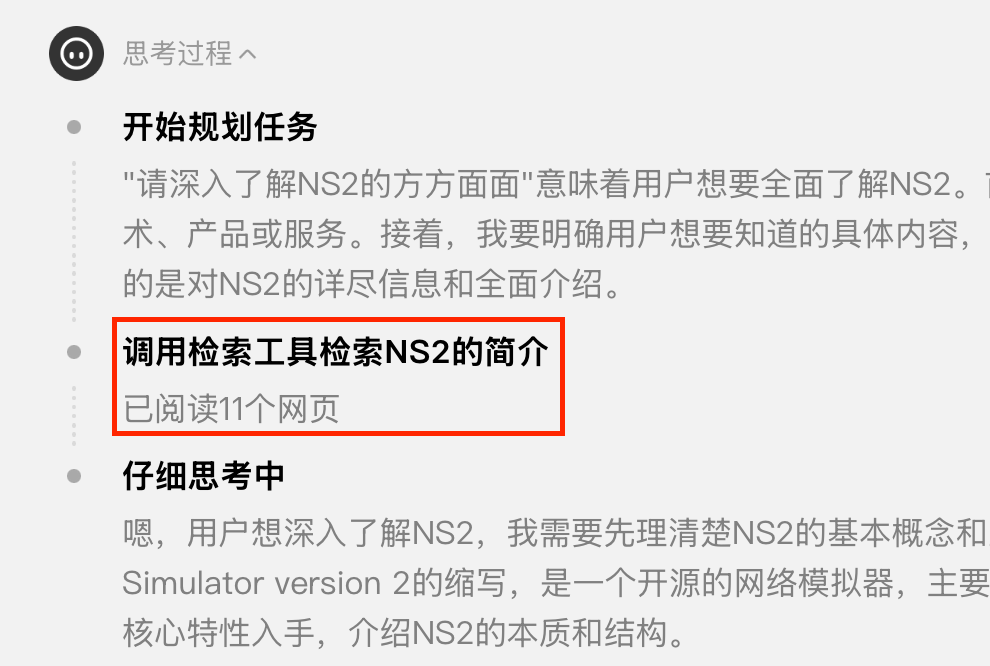
Photo/ Li Xiang Tong Xue
However, after using these web versions, it's evident that they have yet to convince me to switch from DeepSeek official or Tencent Yuanbao, which boast higher product completion levels, despite all utilizing DeepSeek-R1 as their core.
In our tests, when I asked a relatively vague question, "NS2," only DeepSeek official and Tencent Yuanbao immediately recognized it as a reference to "Nintendo Switch 2." OPPO's Xiao Bu Assistant (R1) at least mentioned the possibility of "Nintendo Switch 2," whereas Huawei's Xiao Yi Assistant (R1) and Li Xiang Tong Xue (R1) both pointed to the term "Network Simulator version 2."
AI web versions: Manufacturers' strategy to cater to their "own users"
From a functional completeness perspective, these AI assistants' web versions currently pale in comparison to professional model services like DeepSeek official, Doubao, Kimi, etc. But shifting our focus to "Huawei users," "OPPO users," and "Li Auto users," these seemingly "redundant" product decisions suddenly make sense.
For Huawei users, Xiao Yi Assistant has long been an integral part of daily interactions, spanning smartphones, smart screens, and in-vehicle infotainment systems. The launch of the web version serves as the final piece of the puzzle for multi-device scenarios, offering a browser entry point for continuous and consistent interaction with "Xiao Yi" on computers.
Particularly, its design for synchronizing conversation records, binding to Huawei accounts, and integrating with the "HarmonyOS development assistant" underscores that it's not just a "dialog box" but a "glue" that connects user identities and data between smartphones and browsers.
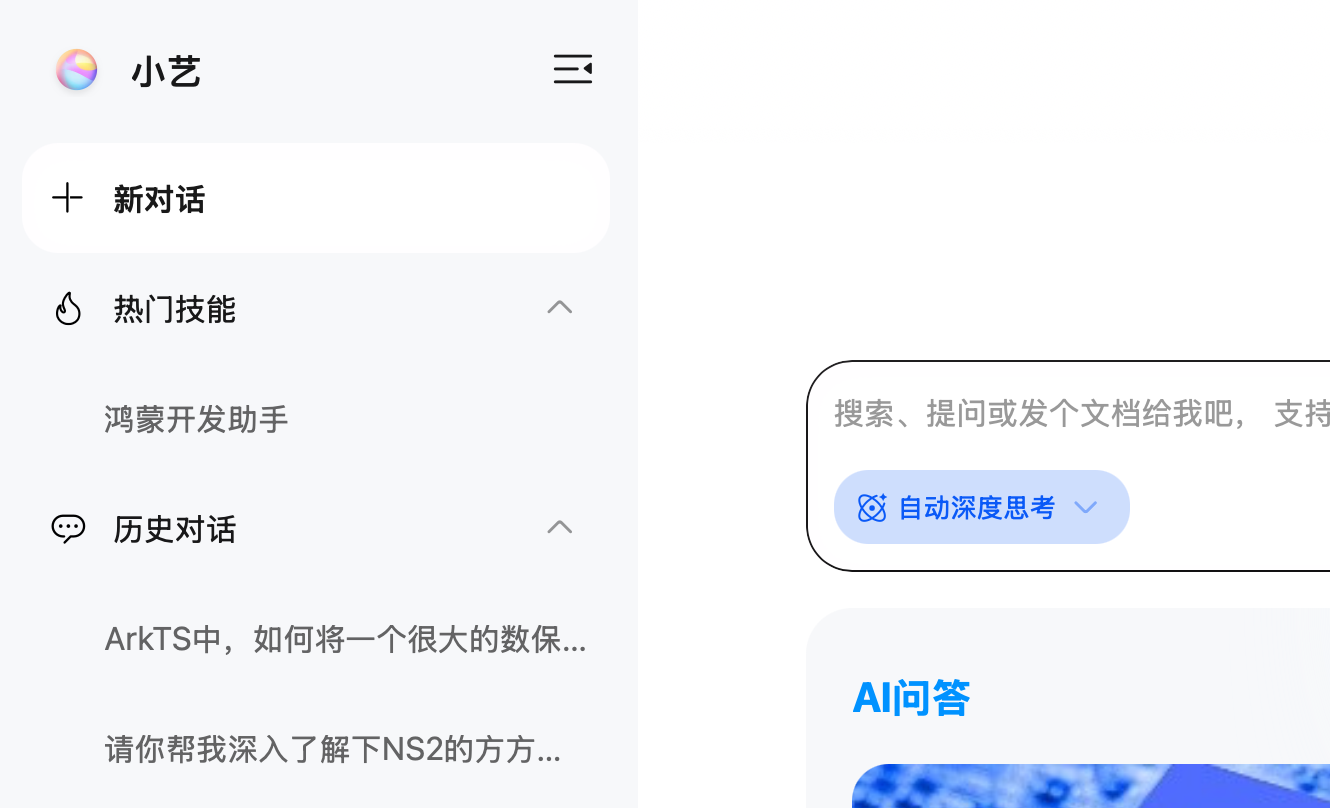
Photo/ Huawei Xiao Yi
OPPO's Xiao Bu Assistant shares a similar vision. Though its web version is in its nascent stages, it has already established initial synchronization logic with the mobile version, even mirroring the mobile version's configuration of "defaulting to enabling deep thinking." For OPPO users, the web version is a natural extension, bringing "Xiao Bu" from smartphones to PCs, rather than competing from scratch for the general user market dominated by ChatGPT or DeepSeek.
Li Auto's "Li Xiang Tong Xue" serves as a prime example, inherently extending the "in-vehicle intelligent central control assistant." The launch of the Li Xiang Tong Xue app on mobile phones last year underscores Li Auto's emphasis on "integrated multi-device smart experience" while providing a familiar and stable usage path for Li Auto owners, making "Li Xiang Tong Xue" a vital "AI assistant" both inside and outside vehicles.
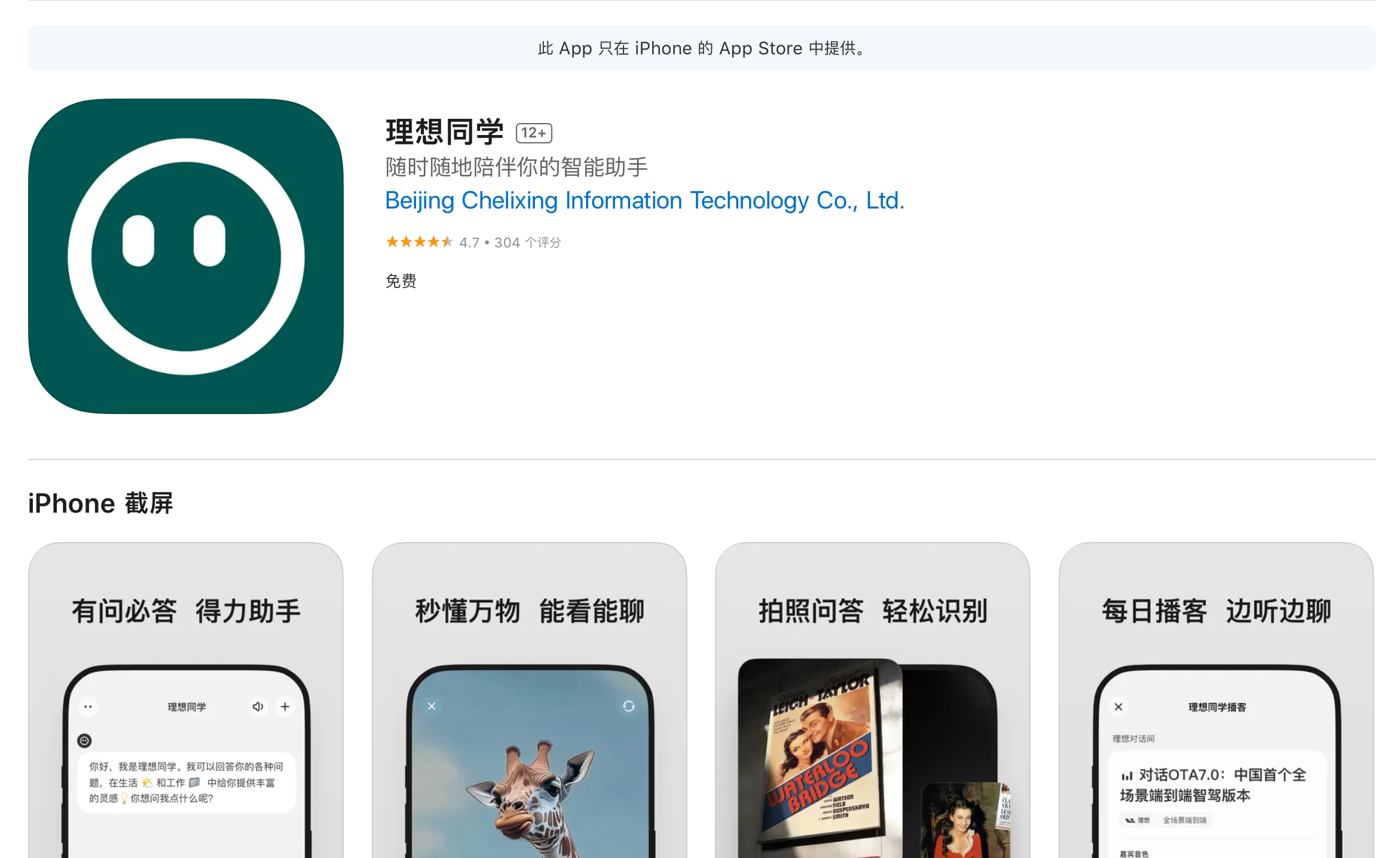
Photo/ App Store
It's evident that OPPO, Li Auto, and Huawei's true intent in launching web versions of AI assistants is not to directly compete with general large model platforms but to bind existing users, extend existing product experience paths, and enhance brand-user stickiness.
In summary, large models are mere tools, with "seamless multi-device experience" and "closed-loop user data" being the ultimate goals.
Ultimately, this is a battle for entry points. The emergence of AI assistant web versions signifies that smartphone and automobile manufacturers are no longer content with controlling apps but are now competing for users' active interaction space at the upstream browser and operating system levels—even if it's still a small but crucial battleground.
Conclusion
Extrapolating based on the past three months' pace—February saw Huawei, March Li Auto, and April OPPO—who will join the fray in May?
Xiaomi, Honor, vivo, NIO, and even Nezha and Zeekr—who wouldn't want an AI assistant web version that binds accounts, carries over multi-device conversation history, and naturally connects product experiences within the browser?
From a product logic perspective, this strategy is reasonable. For manufacturers, it's not a heavy, difficult, or even "cutting-edge" endeavor. However, questions arise:
Are users truly willing to embrace these web versions?
With DeepSeek official, Tencent Yuanbao, and Doubao offering stronger model capabilities and more mature interaction experiences, can these manufacturer-built AI assistant web versions become a tab that users actively open, rather than a "one-time experience" hidden in browser bookmarks?
The launch of web versions may mark the beginning of manufacturers' ambitions. But how they will captivate users remains uncertain.
Source: Lei Technology

